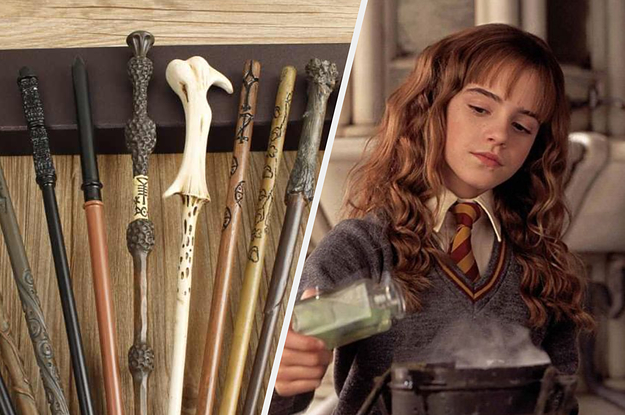Skip to the content
An embroidery kit, blue-light glasses, and more items that look way more expensive than their price tag.

View Entire Post ›
“You talk about wands like they’ve got feelings,” said Harry. “Like they can think for themselves.”

View Entire Post ›
This website uses cookies to improve your experience. We'll assume you're ok with this, but you can opt-out if you wish. Cookie settingsACCEPT Privacy & Cookies Policy



